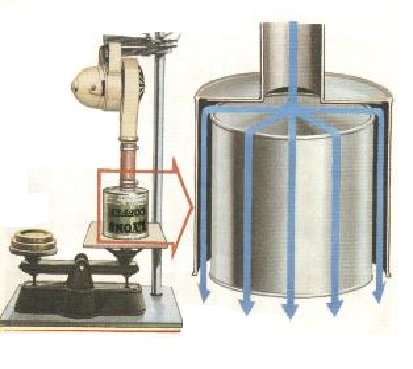Published on Jun 05, 2023
Hovercraft
A Hovercraft is a vehicle that flies like a plane but can float like a boat, can drive like a car but will traverse ditches and gullies as it is a flat terrain. A Hovercraft also sometimes called an air cushion vehicle because it can hover over or move across land or water surfaces while being held off from the surfaces by a cushion of air. A Hovercraft can travel over all types of surfaces including grass, mud, muskeg, sand, quicksand, water and ice .Hovercraft prefer gentle terrain although they are capable of climbing slopes up to 20%, depending upon surface characteristics. Modern Hovercrafts are used for many applications where people and equipment need to travel at speed over water but be able load and unload on land. For example they are used as passenger or freight carriers, as recreational machines and even use as warships. Hovercrafts are very exciting to fly and feeling of effortlessly traveling from land to water and back again is unique.
Hovercraft as we know them today started life as an experimental design to reduce the drag that was placed on boats and ships as they ploughed through water. The first recorded design for an air cushion vehicle was put forwarded by Swedish designer and philosopher Emmanuel Swedenborg in 1716. The craft resembled an upturned dinghy with a cockpit in the centre. Apertures on either side of this allowed the operator to raise or lower a pair of oar-like air scoops, which on downward strokes would force compressed air beneath the hull, thus raising it above the surface. The project was short-lived because it was never built, for soon Swedenborg soon realized that to operate such a machine required a source of energy far greater than that could be supplied by single human equipment. Not until the early20th century was a Hovercraft practically possible, because only the internal combustion engine had the very high power to weight ratio suitable for Hover flight.
Hovercraft Skirts
Despite the momentum curtain being very effective the hover height was still too low unless great, and uneconomical, power was used. Simple obstacles such as small waves, or tide-formed ridges of shingle on a beach, could prove to be too much for the hover height of the craft. These problems led to the development of the skirt.
A skirt is a flexible shaped strip fitted below the bottom edges of the plenum chamber slot. As the Hovercraft lifts, the skirt extends below it to retain much deeper cushion of air. The development of skirts enables a Hovercraft to maintain its normal operating speed through large waves and also allows it to pass over rocks, ridges and gullies.
Skirt is one of the most design sensitive parts. The design must be just right or an uncomfortable ride for passengers or damage to craft and skirts results. The skirt material has to be light flexible and durable all at the same time. For skirt to meet all of the requirements the design and use of new materials has slowly evolved.
The Lifting Fan
In the enclosed space fan operates in a propeller would not be suitable. Firstly the volume of air needed is very large and a propeller is designed to be most efficient in open air like on an aircraft. Propellers again are not efficient in applications when an air backpressure will be applied to the propeller blades as they rotate.
Because of this the lifting on most Hovercraft uses what is known as a centrifugal fan. This is a fan in which two discs are fitted together and looks rather like a doughnut with angled slat at their edges.
When the assembly is rotated at high speed air is sucked in to the center hole in the fan and the slats force it out at the edges. The advantages of the fan are two fold. They operate efficiently in an environment when back pressure is high and they will move larger volumes of air for a given rotation speed than a propeller with the same speed and power input.

The Engine
The engines used in Hovercraft have evolved like the skirt design. The SRN 1 and other early craft used piston type engines. As models like the SRN 4 and SRN 6 were brought into service they tended to favor the use of gas turbines. This type of engine is smaller and lighter for a given horsepower and has been used extensively in turbo prop aircraft.
The engine has a main shaft on which is mounted a compressor and turbine. A starter motor is connected to one end and the other end is connected to the lift fan. Both the compressor and turbine look like fans with large number of blades.
When the engine is started the compressor compresses air from the engine intakes and pushes into the combustion chambers mounted around the engine. Fuel is squirted into the combustion chamber and is ignited. The compressed air then rapidly expands as it is heated and forces its way out through the turbine to the exhaust. As the gas pressure raises the turbine speeds up, there by driving the compressor faster. The engine speed increases until it reaches engines normal operating speed.